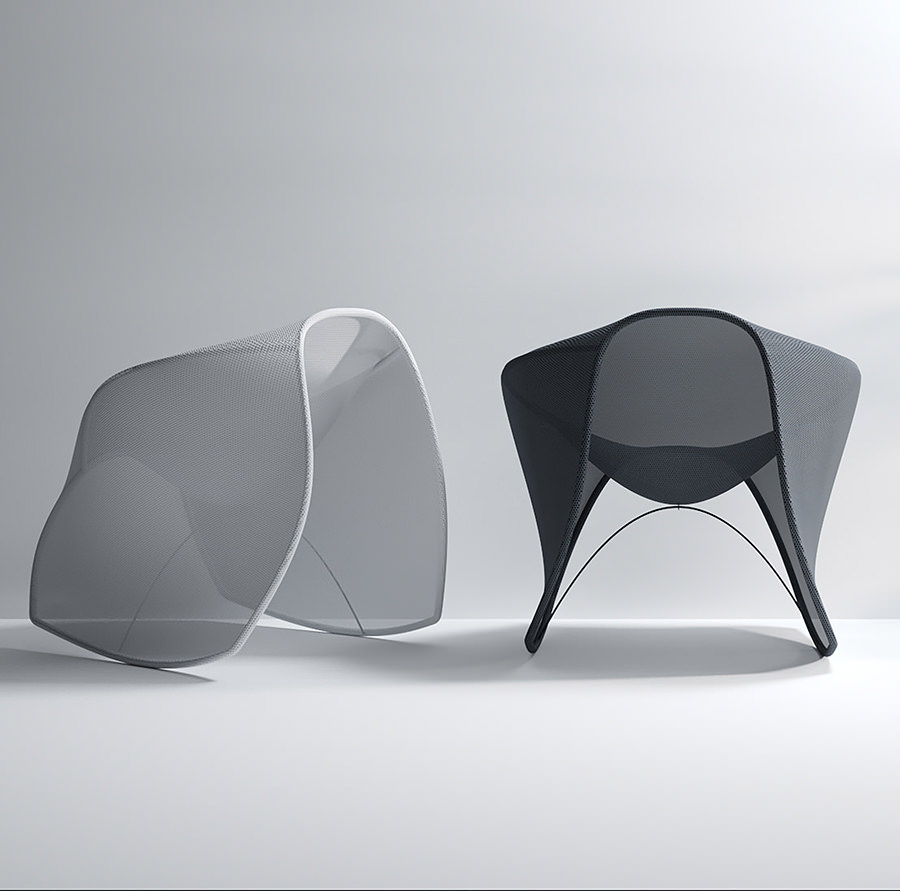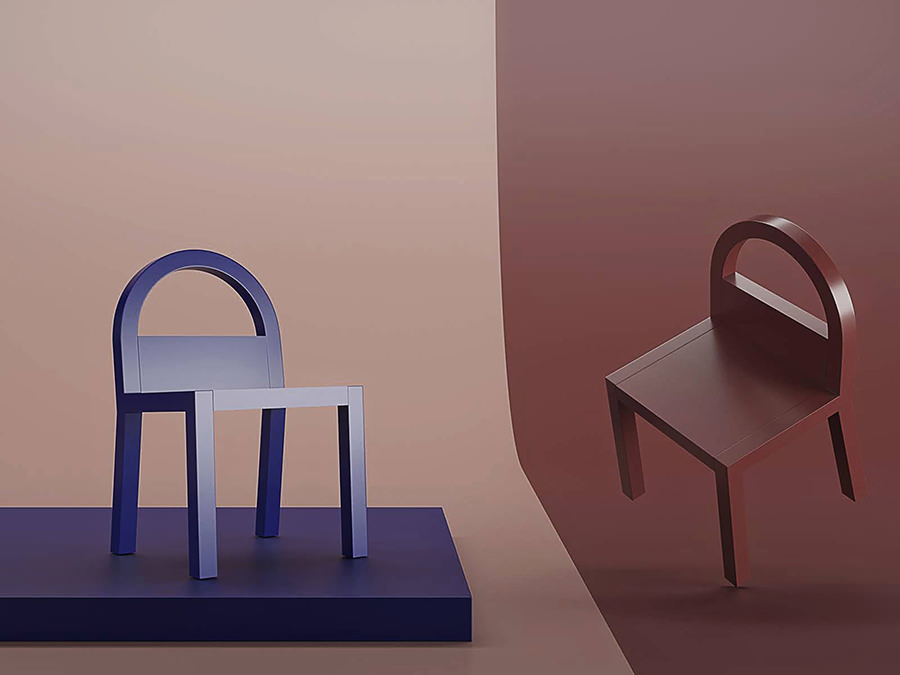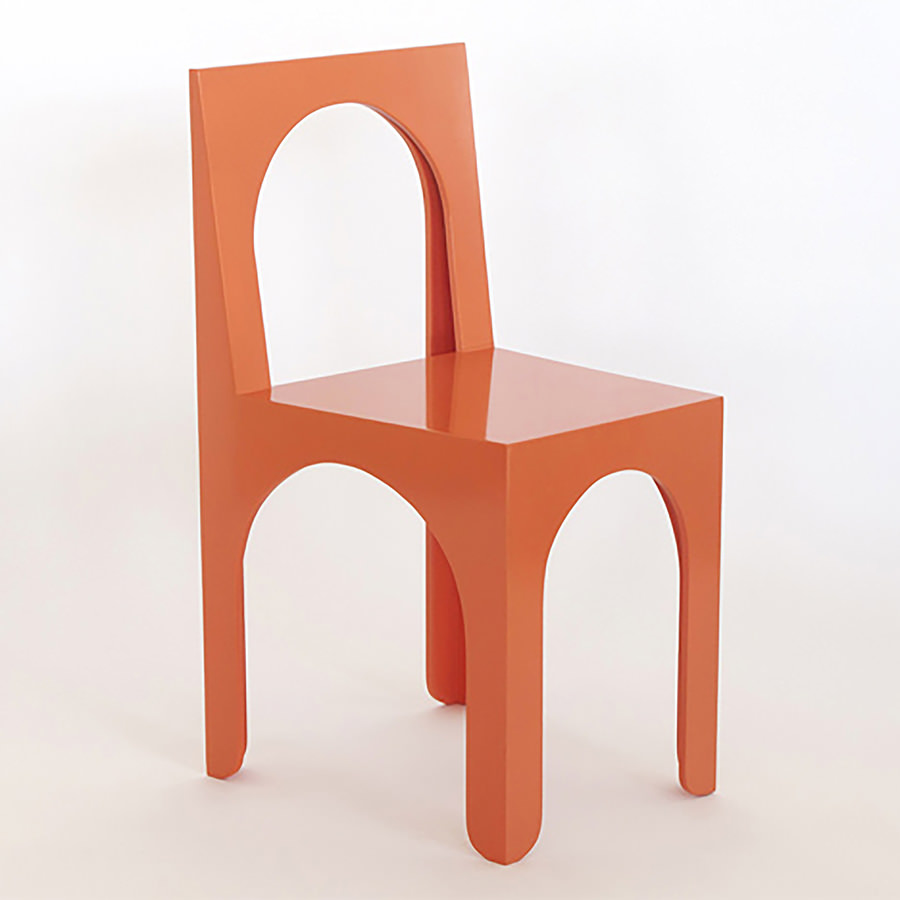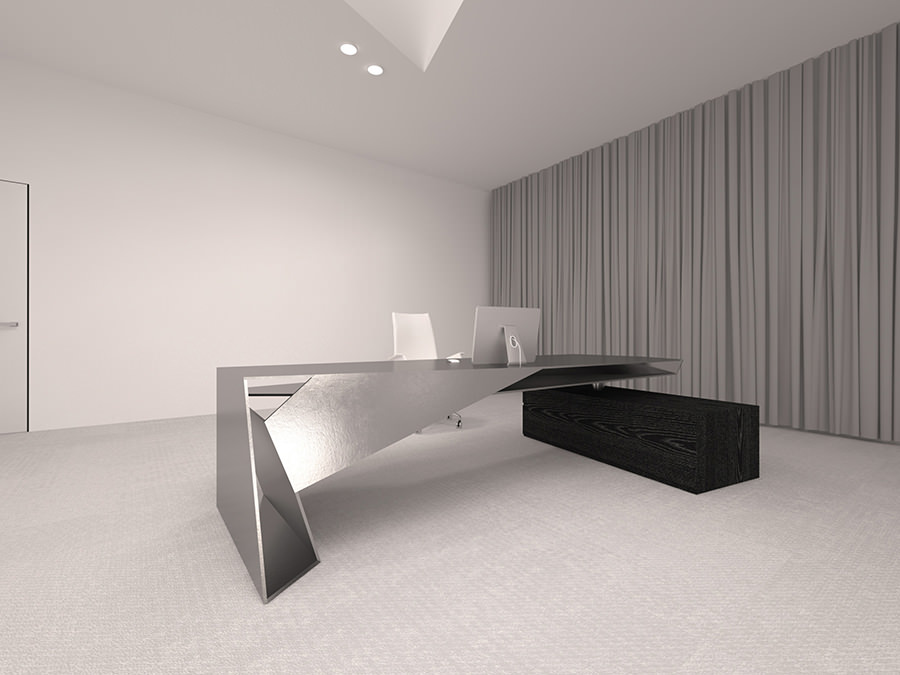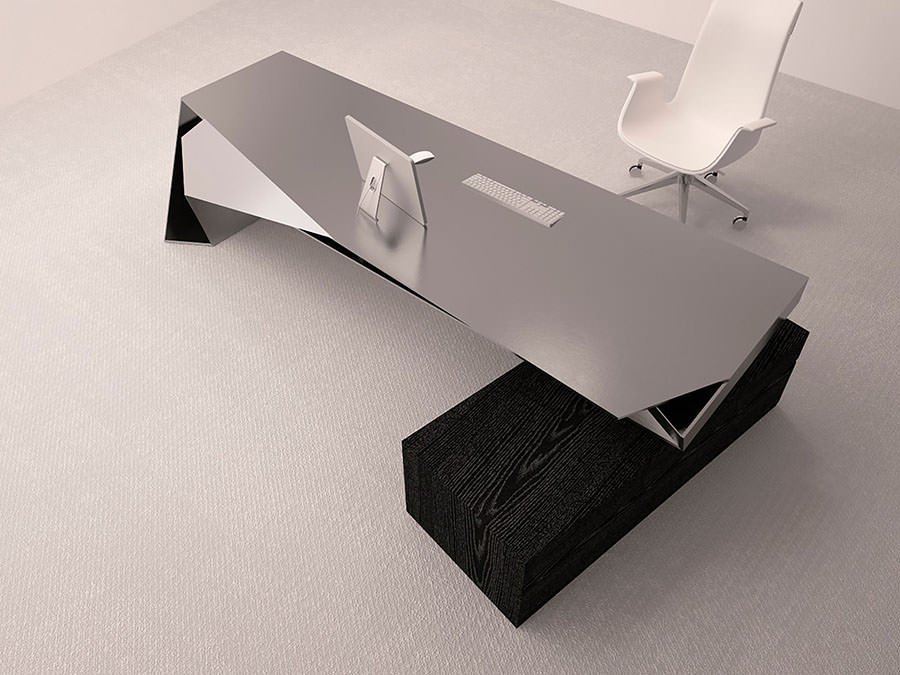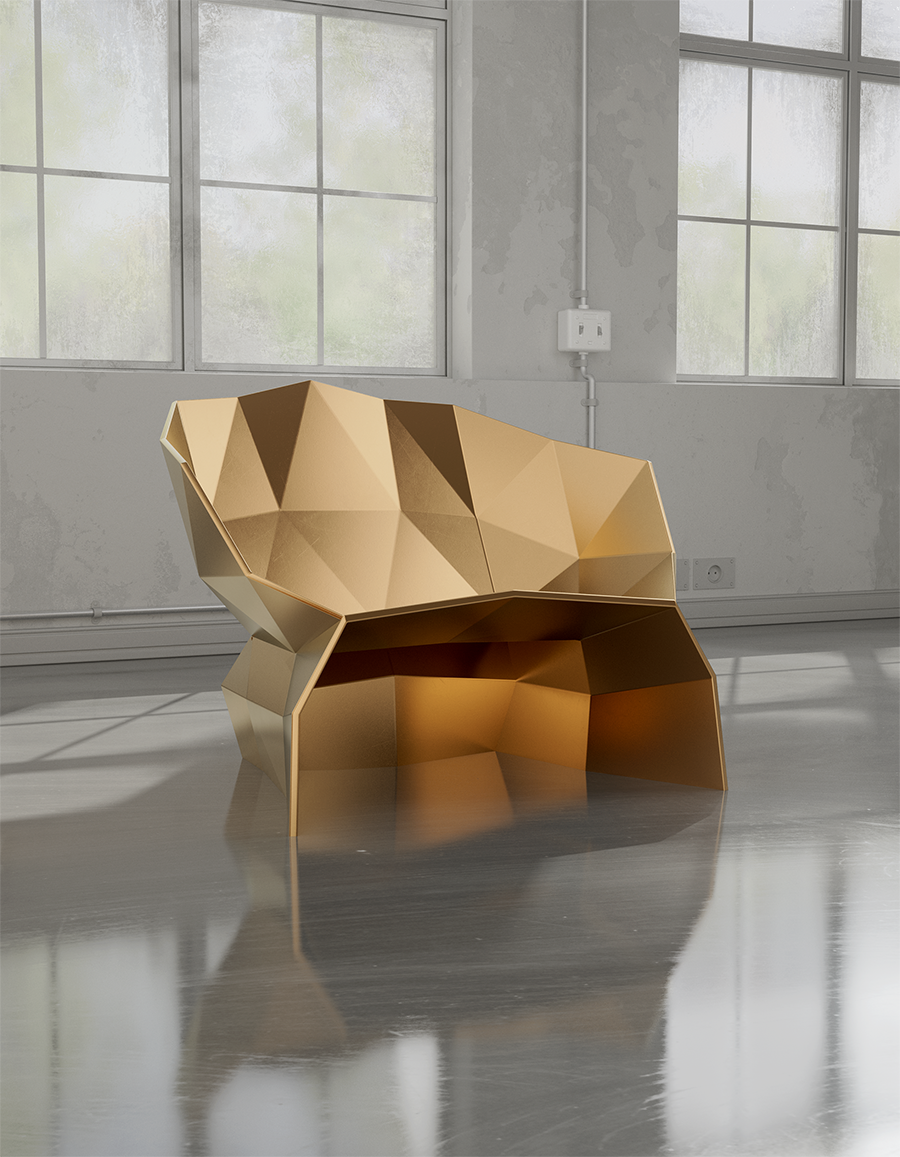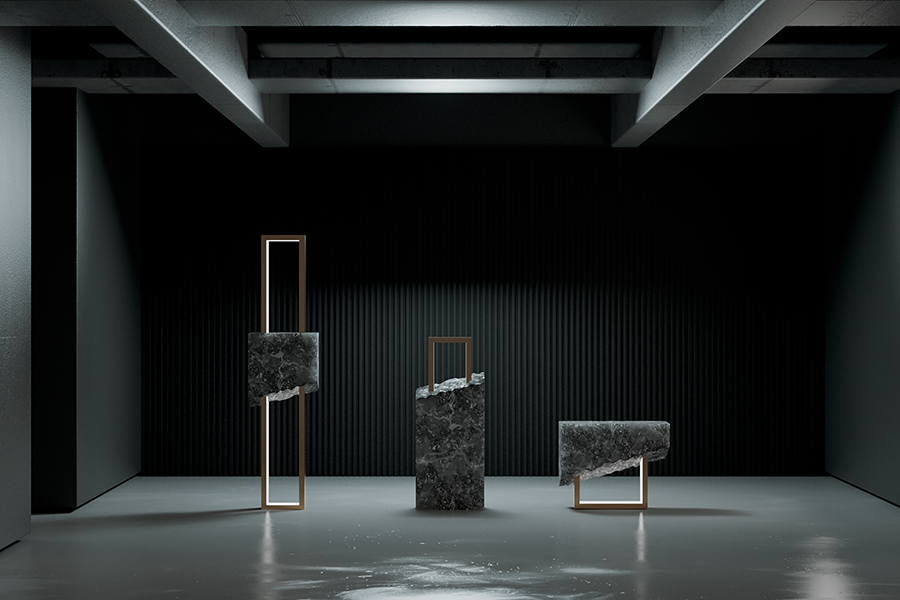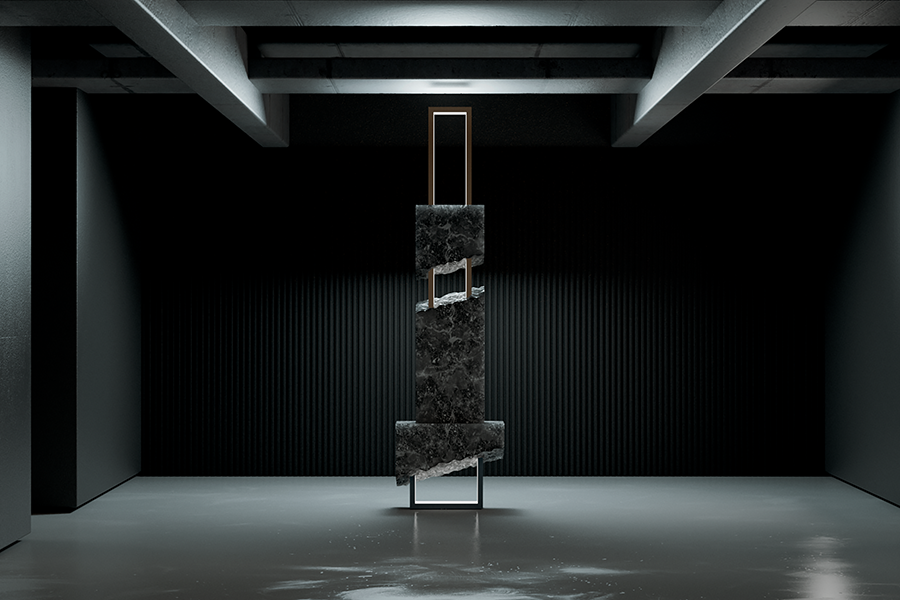How Projects Come: True
In this article Head of Feeel Design, Eugene Pinchuk tells about the projects submitted to the Feeel Design World Prize and explains why some of them, as he noted, are “impossible to produce”, and some have designs that are quite spectacular, but need to be rethinking. And why certain objects are considered original enough for future production by himself and the jury.
1. Zhe armchair
This armchair is quite original – it is a rocking chair (a rare format now). In its background we will see that “tension” chairs resembling “director’s chairs” have existed for many centuries and, of course, they were produced in the 20th century, many decades before polymer grid appeared.
This famous Butterfly chair from 1938 looks surprisingly modern. It’s all about the principle: designers Antonio Bonet, Juan Kurchan and Jorge Ferrari Hardоу have come up with versatile furniture that can be used at home, in the country, on a trip – in general, anywhere! The Butterfly frame is made of metal rods, put on a one-piece textile or leather cocoon of the back-seat, which serves as a “cradle”, pleasantly lulling the seated person. The design trio made it for the villas of Frank Lloyd Wright in the late 1940s. The model was in the collection of the Knoll company, which produces it up to now. It seems to me the progenitor of such a form factor itself. Talking about the grid – it was introduced into our everyday life by Herman Miller company. And they made the most popular Aeron chair, the one on which all the leaders in offices and cinemas sat, and Dr. House had it as well. The polymer grid dynamically supported the back, and the parts of the body pressed against the seat aired out.
It seems that there is something to rely on in the sense of the experience of previous generations of designers, all materials and technologies are available, however, in this project, the stumbling block was the nuance associated with tension – since it is simply impossible to stretch the mesh as on Zhe visualizations. We had consultations with the designers, but did not come up with a solution.
2. Rainbow chair – Simple modern chair a la Thonet
There are universal forms simply because they have been around for hundreds of years. Here we understand that this rounding of the backs of the chairs appeared for a reason almost 200 years ago, and it is essentially rococo furniture cleaned of any excesses, all these curlicues and “rocaille” were removed from it and it moved in a purified form in the modern era. Accordingly, in the same Europe, in Austria-Hungary, the Thonet chair appeared, which is still produced and is known to everyone as the “Viennese chair”, and the Rainbow chair is to some extent is a rethinking of it. Let’s just say that there are similar chairs, there are many of them, but they have different proportions, materials, and accordingly they are perceived differently.
Claudio Chair by Arquitectura-G
Everything is fine here and it is clear how to produce it. Everything is simple both in terms of materials and form, and there will be demand for such objects. On the one hand, they seem familiar, and on the other hand, they are rethought and fresh.
3. Fold Collection
Here we are dealing with a good understanding of the work with the material. I know this company for a long time – they love to work with metal and “bend” things out of it. Here, the folds are just correctly designed, it is clear how the planes fit to each other, that the metal has a certain thickness, and so on. We all understand that there are various all-metal things made of bent metal, for example Bonaldo’s Voila, but the mentioned table has completely different proportions, it is not as elegant and eye-catching as the table from the Fold collection. The shape is very important here, all these ideal angles. Producing this item is easy.
4. Golden Chair by designer Ariel Palanzone
Another seemingly similar all-metal item, however, it is not. This is a beautiful object, and even if we discard the fact that it is not very comfortable to sit on such a surface, then in order for it to withstand the weight of a person with a small margin, it will be necessary to make it of thick metal. That is, it will be very expensive, very heavy, it will require special strengthening of the floor under it, and if you use alternative materials, such as plastic, then such a thickness is possible on the one hand, but the shape itself cannot remain static, that is, the sofa will diverge under the weight of a person. Therefore, this model, if produced, is like a very expensive and unique special project, more like an art object, and not like furniture.
This example shows that it is extremely important to remember that any material has weight and a certain strength, and 3D printers, by the way, still work with materials of rather low strength.
5. Rock Series
Here we have a problem with the material – even a rod made of pure chromium (this is the cheapest of durable metals) can withstand the corresponding weight with such a thickness without deformation. At the same time, we understand that there are similar solutions when, due to weight, a piece of furniture becomes stable, for example, the famous Arco lamp by Achille Castiglioni for Flos, which is supported only by the very heavy weight of the stone pedestal. However, here is another configuration: it is a stand-alone structure, where stone blocks are strung on a thin base, which are unreproducible exactly in shape and pattern, that makes this immediately an art object, and not serial production. The question is in stability, reliable fixation of blocks on these thin supports, and finally, the reliability of this entire structure. Accordingly, it is necessary to revise the project itself, or to make a stone from polymers, but what for. After all, gold must be gold, stone must be stone, and metal must be metal. Otherwise, any object will look cheap, which in this case is completely unacceptable and deprives it of its meaning, given that the object claims to be unique, a vivid visual image characteristic of art objects.
The last piece of advice for designers is to study production, make friends with technologists and your projects will become perfect. Good luck to you all, the material environment is very important for all aspects of our existence, the beauty around us makes us better and calmer inside, which is especially important in the modern world.
Eugene Pinchuk
* – Phygital – Integrated communications at the intersection of digital and physical spaces.

